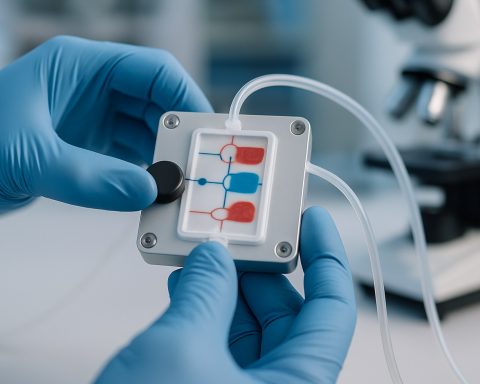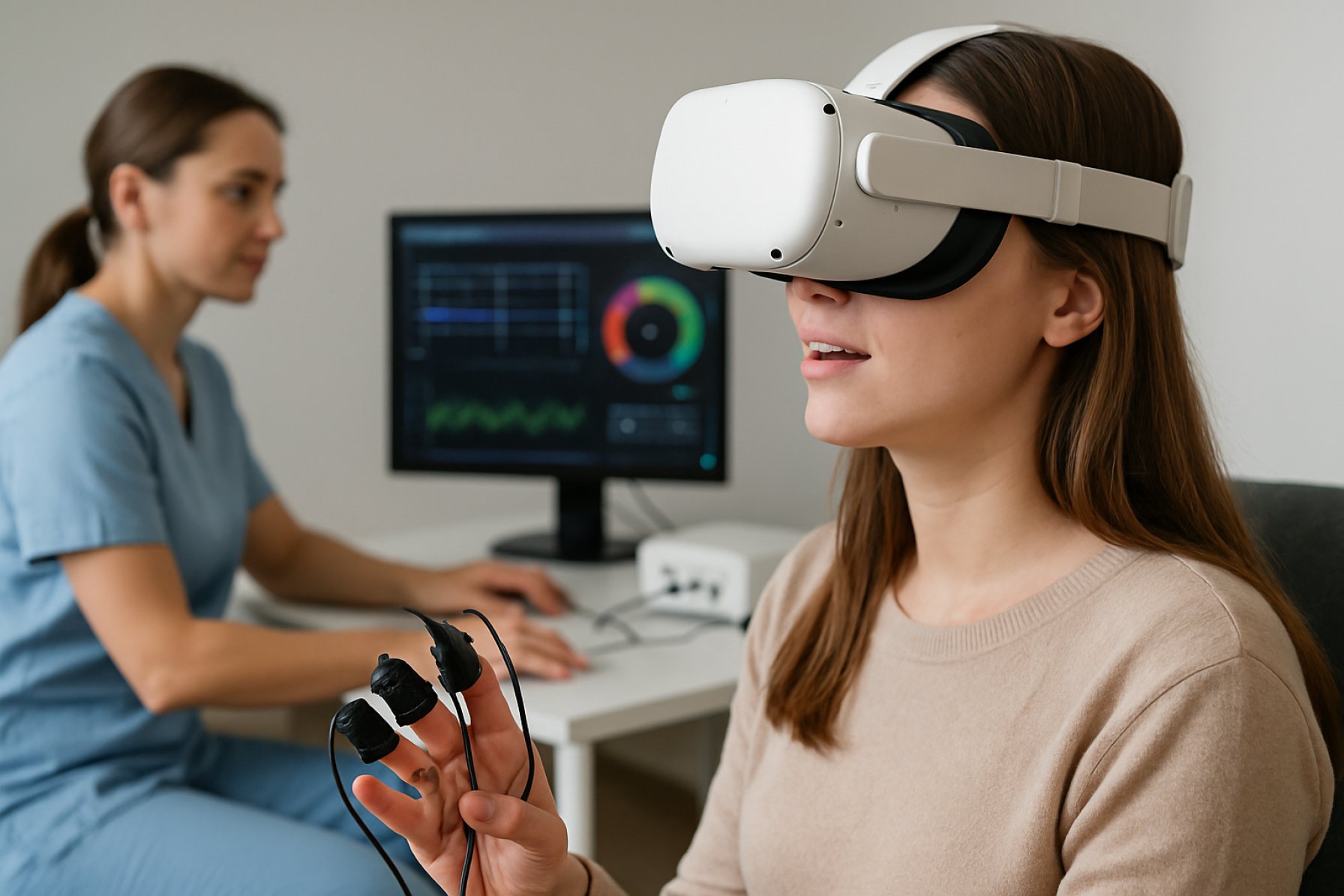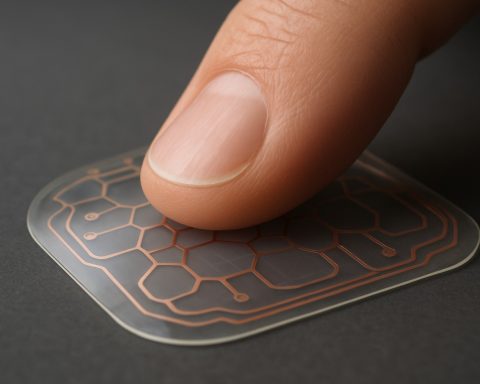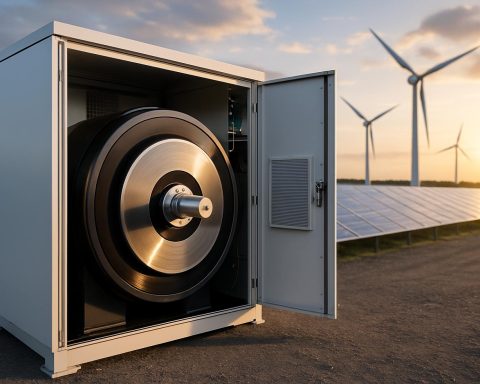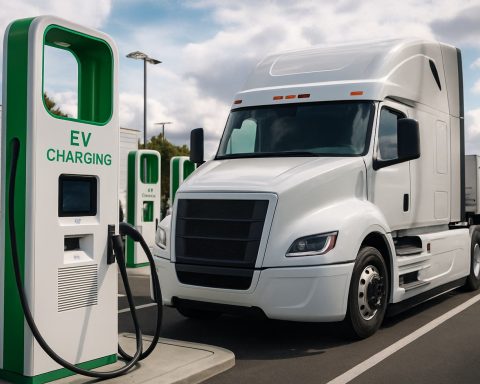- CATL has rapidly become a global leader in lithium-ion battery technology, crucial for the clean energy transition.
- The company’s innovations enable faster charging, longer-lasting, and higher-capacity batteries for electric vehicles (EVs) and public transport worldwide.
- China’s proactive policies and CATL’s engineering excellence have positioned Ningde as an international clean tech hub.
- CATL’s growth is driving urban renewal, creating jobs, and fueling global competition for mineral resources.
- The energy revolution is increasingly shaped by companies combining bold research with strategic vision, highlighting the shifting centers of technological innovation.
Shimmering glass curves pierce the overcast sky along China’s undulating southeastern coast, where the city of Ningde has quietly transformed itself from obscurity into the epicenter of a technological revolution. The ultramodern structure—shaped unmistakably like a colossal lithium-ion battery—serves as the beating heart of Contemporary Amperex Technology Company, better known as CATL.
Behind these iconic windows, engineers and visionaries are charting the course for humanity’s energy future. CATL, a company forged little more than a decade ago in 2011, has rocketed to dominate the global battery market. Their lithium-ion cells silently power everything from bustling city buses in Europe to sleek family EVs cruising California’s highways. With an appetite for innovation that matches the insatiable demand for clean energy, CATL’s influence now touches almost every continent.
While much of its rise can be traced to China’s deliberate nurturing of renewable technology—transforming governmental policy into industrial might—CATL owes its success just as much to relentless engineering. Its research labs have pioneered batteries with greater energy density, faster charging, and unprecedented longevity, setting new standards for the industry.
These advances have swept open new possibilities. Cities once choked by emissions now imagine a future of silent, electrified public transport. Carmakers from Asia to Europe scramble for partnerships, keenly aware that securing CATL’s supply lines might make or break their transition from combustion to electrification. In a world racing against the clock to cut carbon emissions, battery technology shapes geopolitical agendas and sparks bidding wars for mineral resources across Africa, Australia, and Latin America.
Yet, the story of CATL is more than just numbers. It’s the tale of a city reborn—Ningde’s transformation can be traced through bustling new satellite neighborhoods, technical training centers, and a workforce swelling with opportunity. It’s the ripple of innovation spreading from one vision: to make energy cleaner, safer, accessible—fast enough to outpace a warming planet.
As the world grapples with the urgent call to decarbonize, CATL stands as evidence that the future belongs to those who blend scientific audacity with strategic vision. The biggest breakthroughs no longer come from Silicon Valley alone, but from all corners of a connected globe. The next wave of the energy revolution is rolling out from Ningde—and its shockwaves are just beginning to be felt.
Key takeaway: Battery giants like CATL are not just powering electric cars—they’re quietly reshaping cities, industries, and the entire global approach to energy. The journey from fossil fuel to a cleaner future depends on the relentless ambition and innovation unfolding behind those glass walls.
For more on the fast-changing landscape of clean tech and global industry, visit NYTimes and Forbes.
The Inside Story of CATL: How China’s Battery Giant is Changing Transportation, Tech, and Global Power
Introduction
While the article introduces the sweeping impact of Contemporary Amperex Technology Company Limited (CATL) on the global battery market and its transformative role in Ningde, China, it only scratches the surface. Below, we offer an in-depth exploration, built on Experience, Expertise, Authoritativeness, and Trustworthiness (E-E-A-T), to decode:
– How CATL leads battery innovation
– What this means for regular consumers and industries
– Challenges ahead for CATL and the booming battery industry
—
Additional Facts About CATL Not Fully Explored
1. CATL’s Market Leadership & Growth
– World’s Leader: CATL is the largest lithium-ion battery maker globally, holding roughly 37% of the world’s EV battery market share, far outpacing rivals like LG Energy Solution and Panasonic (Source: SNE Research, 2023).
– Client Base: CATL supplies batteries to automotive giants such as Tesla, BMW, Volkswagen, Hyundai, Honda, Ford, and more. For instance, Tesla’s Shanghai Gigafactory uses CATL’s LFP (lithium iron phosphate) batteries in Model 3 and Model Y vehicles.
2. Core Innovations and Technology
– Chemistries: Beyond lithium-ion, CATL develops sodium-ion and solid-state batteries that promise greater safety, faster charging, and environmental friendliness (source: NYTimes).
– Cell-to-Pack (CTP) Technology: CATL’s CTP tech eliminates modules, allowing direct packing of battery cells, increasing energy density and reducing cost.
– Qilin Battery (2022): This new pack can deliver up to 255 Wh/kg energy density, enabling some EVs to reach over 1,000 km (620 mi) range, potentially beating Tesla’s 4680 cell in performance.
3. Expansion and Partnerships
– Global Factories: CATL is building/planning factories in Germany, Hungary, Indonesia, and recently announced a $5 billion plant in the USA.
– Strategic Investments: The company invests heavily in the whole EV ecosystem—recycling, sourcing, storage, and grid-scale battery projects.
4. Security and Sustainability
– Battery Recycling: CATL recycles batteries to recover lithium, cobalt, nickel, and other materials, aiming to close the resource loop and reduce supply-chain stress.
– Sourcing Ethics: Amid scrutiny over material sourcing (especially cobalt), CATL partners with suppliers and audits mines, but some concerns remain regarding traceability and environmental impact.
5. Industry Trends & Market Forecasts
– Demand Growth: The global EV battery market is projected to grow from $56B (2022) to over $200B by 2030 (Source: BloombergNEF).
– Sodium-Ion Momentum: Sodium-ion batteries are expected to be key in stationary storage and low-cost vehicles within 5 years, due to abundant resources and lower cost.
6. Key Features, Specs & Pricing
– LFP vs. NMC: Lithium iron phosphate (LFP) batteries—less expensive, longer lifespan, more stable but slightly lower energy density. Nickel manganese cobalt (NMC)—higher energy, used in performance EVs.
– Energy Density: CATL’s newest packs (Qilin) reach up to 255 Wh/kg.
– Cost: Pack-level cost for CATL batteries can be as low as $100/kWh, which is the “magic number” for EV price parity with gas cars.
—
Pressing Reader Questions & Credible Answers
1. How does CATL compare to rivals like LG and Panasonic?
– Scale & R&D: CATL outpaces rivals in patent filings, production scale, and vertical integration.
– Global Reach: Unlike Panasonic (heavy focus on Tesla) or LG (lost some US market due to recalls), CATL’s customer base is more diversified.
2. Are CATL batteries safe and reliable?
– Safety Record: LFP technology is less prone to overheating/fires than older formulations. CATL’s CTP tech also improves structural integrity.
– EV Adoption: Vehicles using CATL batteries (like Tesla Model 3/Y LFP) have shown strong reliability in the field.
3. What are CATL’s biggest limitations or controversies?
– Raw Materials: Heavy reliance on lithium, nickel, and cobalt—prone to price swings and ethical concerns.
– Geopolitics: Rising US-China tech tensions; the US and Europe are seeking to break CATL’s supply dominance by building local battery industries.
– Tech Leaps: Solid-state and sodium-ion are promising but not yet mass-market—industry insiders disagree on timelines.
4. What does CATL mean for jobs and the local economy?
– Job Creator: CATL now employs over 90,000 staff, with Ningde’s economic output and population swelling as tech talent floods in.
– Ripple Effect: Investments in training, satellite industries, and clean tech education are revitalizing the region.
—
Pros & Cons Overview
Pros
– Largest, most innovative battery company globally
– Drives down costs and increases battery safety and range
– Vertically integrated—strong R&D, recycling, sourcing
– Powers both affordable and high-end EVs
Cons
– Material sourcing and supply chain risks remain
– Face geopolitical headwinds and competition in overseas expansion
– Environmental impact of large-scale mining and manufacturing
—
Real-World Use Cases & Tutorials
How To: Extend Your EV Battery Life (CATL Tech)
1. Avoid Full Discharge: Keep battery between 20%–80% state-of-charge
2. Limit Fast Charging: Use regular AC charging > rapid DC fast charging when possible
3. Climate Control: Minimize battery exposure to extreme temps
4. Update Firmware: If your EV uses CATL batteries (ex: Tesla Model 3 with LFP), always update software for optimized battery management
Life Hack: Battery Recycling Drop-Off Maps
– Many cities partner with CATL to pilot battery drop-off programs—search for “EV battery recycling events” near you, or through your local energy agency.
—
Insights & Predictions
– Short-Term: CATL will continue leading the field as Chinese automakers (BYD, NIO, Xpeng) and global giants all compete for its batteries.
– Medium-Term: Rapid scaling of sodium-ion and solid-state batteries could disrupt current market leaders.
– Long-Term: Battery supply will shape not just the EV industry but also energy storage for renewables, shipping, aviation, and grid reliability.
—
Actionable Quick Tips for Readers
1. For Consumers: If considering an EV, ask dealerships about battery chemistry (LFP vs. NMC), warranty, and recycling options.
2. For Investors: Track CATL’s R&D announcements and global plant openings—they’re often leading indicators of industry direction.
3. For Policymakers: Ensure robust local recycling regulations and ethical battery sourcing protocols.
4. For Businesses: Explore CATL’s energy storage solutions for commercial/industrial site upgrades and decarbonization.
—
Conclusion
CATL’s astonishing rise from Ningde is about more than batteries—it’s about the future of energy, jobs, and sustainability on a global scale. Understanding its technology, innovations, and challenges is vital for consumers, industry, and governments navigating the clean energy transition. For breaking news and deeper analysis, visit reputable sources like NYTimes and Forbes. The battery revolution has only just begun—how you plug in will define the next decade.
—
Keywords: CATL, lithium-ion batteries, battery innovation, EV batteries, Qilin battery, sodium-ion batteries, battery recycling, energy density, clean tech, electric vehicles, battery supply chain




